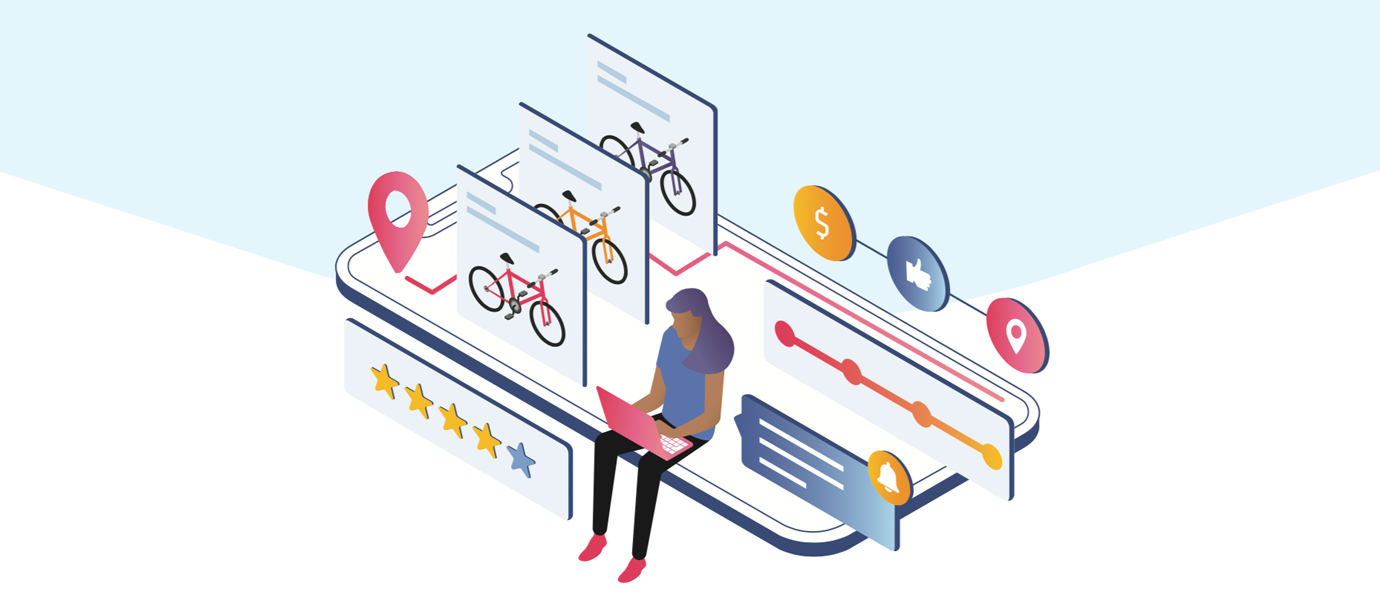IN THIS ARTICLE
Subscribe to Our Newsletter
The on-demand economy has completely changed the way we live. Ridesharing, food delivery, house rentals, laundry – basically every industry has been transformed by the on-demand business model in one way or another. At its core, on-demand economy is a business, service, or product built on letting users request a physical object, a piece of data, a service and have that request fulfilled (we define the on-demand economy in detail here).
In tandem with our ever-increasing reliance on on-demand services, the economy is growing bigger, faster, more efficient, and more connected. We’re seeing more and more types of services and products delivered, more resources shared, and the new gig economy transforming jobs for the next generation.
The technological trend shaping that growth is realtime. Driven by low-latency, high-reliability connectivity, it’s the glue that holds it all together. Delivering the instant gratification, the feeling we all crave of instantaneous updates from order to fulfillment and getting what we want as quickly as possible is what it’s all about.
Like on-demand video and SaaS products, the on-demand economy is built on the concept of not waiting; getting it when you want it. And realtime is what ensures that.
So how is realtime shaping the on-demand economy? It continues to improve the experience of using on-demand applications – faster updates and more interactive features. Beyond simply requesting a service and getting live updates, it allows you to add other interactive features as well. Realtime chat with the person fulfilling your service or support when you need help. Connecting the on-demand application to 3rd party applications to enhance the experience, like Uber allowing you to DJ your ride or order food through Uber Eats on your way home.
It’s the core of delivering a seamless and reliable on-demand experience from start to finish.
The Technological Concept of Realtime
The technological concept of realtime is something that functions in what is perceived as immediate or in the moment. Obviously in the on-demand economy, there’s a good chance the service itself won’t be fulfilled in realtime, however, every step of the way – updates, tracking geolocation on a map, payment – is all delivered in realtime.
Now, back to the technology: what makes realtime, realtime? You need a network (infrastructure) to deliver the data in realtime, and you need protocols and APIs to build the functionality. There’s a ton of ways to do this. You can go the open-source route, spinning up your own infrastructure, utilizing open source protocols like WebSockets or HTTP long polling. Or you can utilize a realtime service provider, who handles all the infrastructure and provides you the realtime APIs and SDKs to do it. Scale is a major factor in this technology decision. It’s an important decision that needs to be made when building an on-demand feature or app.
Shaping the On-demand Economy and the Human Experience
The on-demand economy’s transformation is shaped in part by the impact that realtime technology has on the human experience in general. To understand what this is, let’s think about what virtual and technological on-demand experiences used to be. You had one, maybe two channels of interaction.
- You’d call a taxi company and maybe the driver calls you and confirms they’re on their way.
- You’d find a 2nd hand item online, haggle a bit over email or in-person, and purchase the item.
- You’d order food through an online portal, receive a confirmation, and at some point, the item would show up at your door.
That’s experience is what has changed. The on-demand economy takes advantage of the massive amounts of data and interactive sources today. Connected shared on-demand experiences bring all these together for a period of time and make it as immersive an experience as possible.
It’s why you get updates not just from your delivery person or driver picking you up, but also the status of your food in the kitchen or your car’s geolocation. On-demand companies are adding as many interactive sources of data and streaming them to the end user to satisfy their thirst for instant gratification.
Wrap Up
On-demand apps will get more and more data-intensive as more and more sources of data stream updates, and new ways of communicating are launched. So choosing the right technologies and infrastructure to handle that is mission critical. But those that utilize and deliver the right data at the right time will have a leg up in providing an industry-winning user experience.









